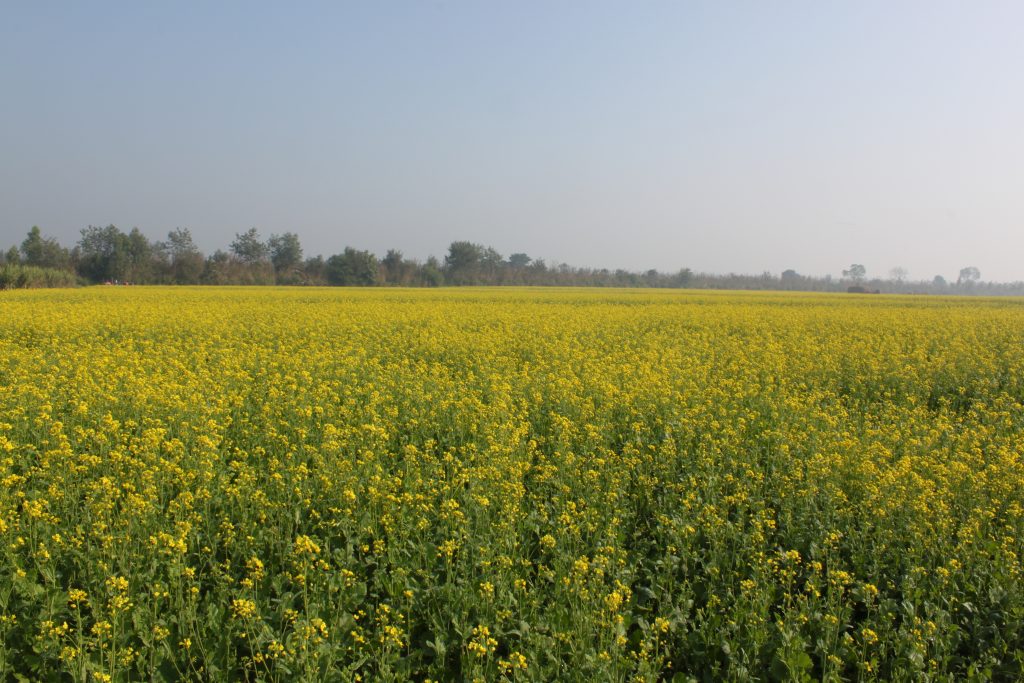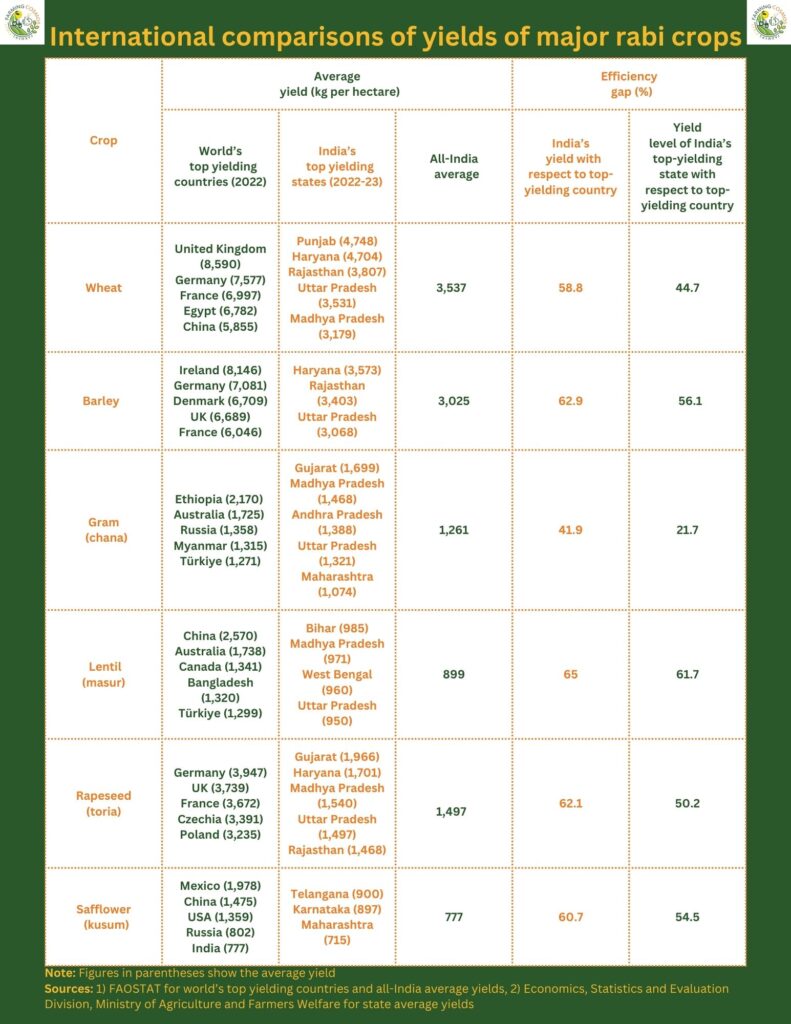The average yield of rapeseed in India is 62.1% lower than Germany’s in 2022

Oilseeds are typically cultivated on marginal land and largely dependent on rainfall in India
Union Finance Minister Nirmala Sitharaman announced in the budget 2025-26 that pulse and oilseed production will be increased to reduce dependence on imports. However, raising the output and productivity of legumes and oilseeds is a major challenge for policymakers, agriculture scientists, farmers, and other stakeholders.
According to data compiled by the Food and Agriculture Organization Corporate Statistical Database (FAOSTAT) and Economics, Statistics and Evaluation Division, Union Ministry of Agriculture and Farmers Welfare, leading global producers of pulses and oilseeds have significantly higher average yields than India.
In its ‘Price Policy for Rabi Crops: The Marketing Season 2025-26’, the Commission for Agriculture Costs and Prices (CACP) has stated that as per the FAOSTAT figures, India’s average yield of masur (lentil) during 2022-23 rabi crop season was 65% lower than China, which had the world’s highest productivity.
India’s average yield of lentils was 899 kilograms per hectare during 2022-23. According to figures compiled by the Food and Agriculture Organization Corporate Statistical Database (FAOSTAT), China’s average lentil yield was 2,570 kg per hectare.
In 2022, Ethiopia had the highest average yield of chana (gram) at 2,170 kg per hectare. India’s productivity of gram during the 2022-23 rabi crop season was 1,261 kg per hectare, 41.9% lower than Ethiopia’s.
Among the oilseeds, Germany had the highest average yield for toria (rapeseed) during 2022 at 3,947 kg per hectare while India’s productivity was 62.1% lower at 1,497 kg per hectare.
India is the largest producer of pulses in the world. However, its production is not enough to meet the country’s demand. According to the Directorate General of Commercial Intelligence and Statistics (DGCIS) data, India imported 16.8 lakh tonnes of lentils in 2023-24.

To read in Punjabi and Hindi, click below.
